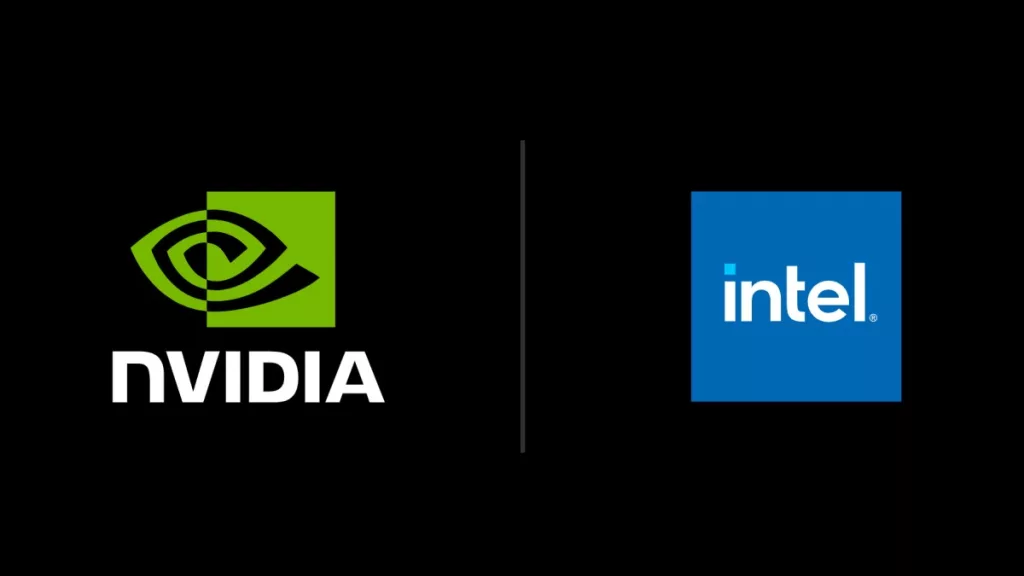
The aftereffects of yesterday’s bombshell announcement have begun to be felt as folks begin to wonder exactly what the deal between Intel and NVIDIA means. NVIDIA announced it will be investing $5 billion into Intel as part of a collaboration agreement where the two chip manufacturers will partner to develop products for personal and enterprise/data-center solutions. The agreement is said to span multiple generations of products combining Intel’s x86 with NVIDIA’s RTX graphics technology.
“This historic collaboration tightly couples NVIDIA’s AI and accelerated computing stack with Intel’s CPUs and the vast x86 ecosystem — a fusion of two world-class platforms. Together, we will expand our ecosystems and lay the foundation for the next era of computing.”
-Jensen Huang, NVIDIA CEO and Founder
It’s already known that NVIDIA is developing an ARM-based PC/Data center processor, but this new deal positions the GPU manufacturer to cover both sides with the x86 legacy architecture that still largely dominates both sectors. Meanwhile, the investment will undoubtedly assist Intel, which has faced numerous challenges over the last decade as it continues to produce x86 products.
“Intel’s x86 architecture has been foundational to modern computing for decades — and we are innovating across our portfolio to enable the workloads of the future,”
-Lip-Bu Tan, Intel CEO
One other winner in this deal is TSMC. The semiconductor manufacturing company already has contracts with both companies, and according to NVIDIA CEO Jensen Huang, it will continue to receive orders from the new partnership.
“NVIDIA and Intel are both successful customers of TSMC. They are a world-class foundry and support customers of diverse needs. You can’t overstate the magic that is TSMC. But today, our partnership is 100% focused on the custom CPUs we are building for data centers that can connect to the NVIDIA AI ecosystem.”
– Jensen Huang, NVIDIA CEO
While nobody would expect NVIDIA to shift gears with its own GPU production following this deal, it has left some wondering what would become of Intel’s GPU division. It took years for Arc to get off the ground and running after numerous delays. Intel has garnered positive attention for its budget graphics cards, which have shown competitive advantages over NVIDIA and AMD; however, it has yet to establish a major foothold in the consumer PC sector. Intel has remained committed to its 18A and 14A nodes as well, but their fate also seems questioned following this new collaboration. But according to a statement from Intel (via PC World), the new forthcoming products will be complementary to Intel’s GPU roadmap.
“We’re not discussing specific roadmaps at this time, but the collaboration is complementary to Intel’s roadmap and Intel will continue to have GPU product offerings,”
-Intel Spokesman to Brad Chacos
The above statement is vague on exactly what Intel’s roadmap now looks like, but CEO Lip-Bu Tan added the following during the initial press conference: “We will still work on 14A and 18A and see if that can be used at some point in the future.”
